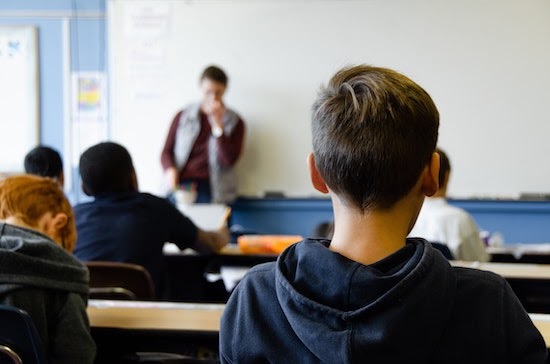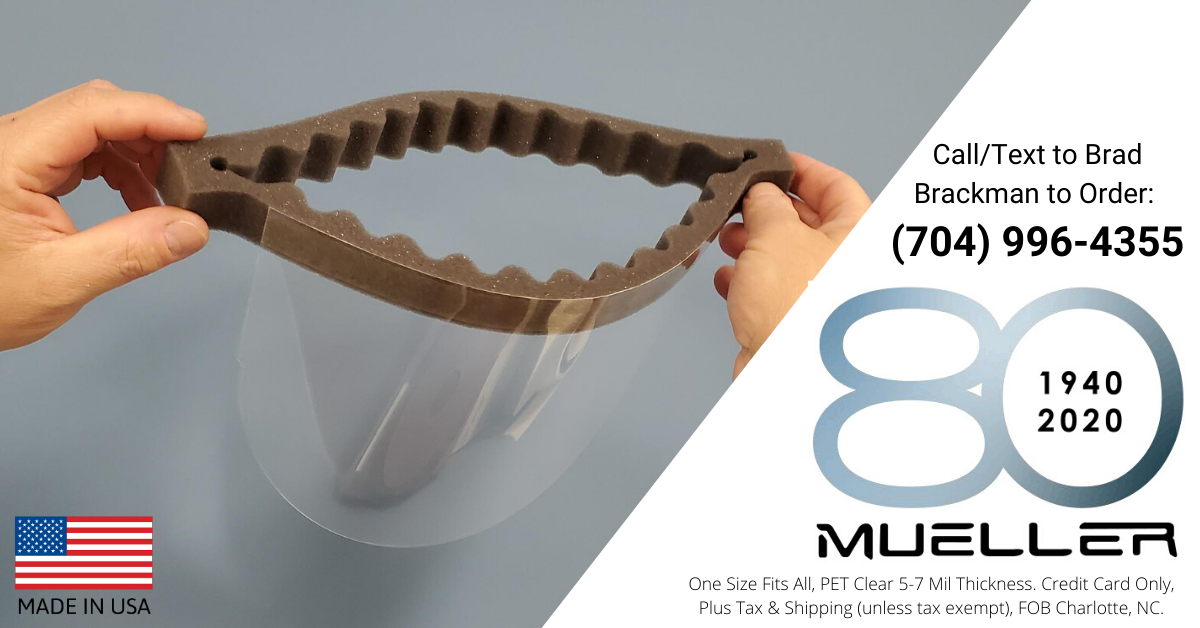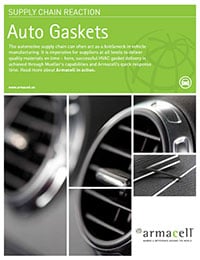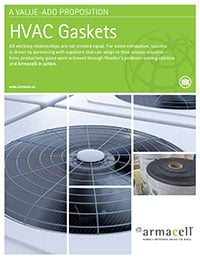
Going back to school has never been so complicated.
As leaders continue to make decisions about sending students and teachers into classrooms again, they are considering a wide range of precautions in the hopes of preventing the spread of disease.
Implementing the use of personal protective equipment (PPE) is one way the Centers for Disease Control and Prevention (CDC) recommends schools will be able to function in the fall—along with other measures like staggered scheduling and limiting group size.
In this article, we’ll explain why PPE in classrooms is needed, the benefits of using face shields with and without masks, and how face shields can strengthen relationships between students and teachers.
Why Do School Workers, Teachers, and Students Need PPE?
Schools are a breeding ground for sickness. Even if students are asymptomatic, they could carry disease and spread it to staff and other children, who then take those germs home to their families. College students pose an even greater risk of spreading disease if they travel across the country or overseas. Using PPE helps prevent exposure to all of those germs.
CDC guidelines include face coverings as part of their back-to-school protocol to reduce the spread of disease—along with good hygiene practices, cleaning and disinfection, and social distancing. The agency recommends staff and students wear face coverings when feasible, but especially when physical distancing is difficult.
Social distancing is a good preventative measure, but it’s going to be hard to implement and enforce in schools, especially among younger kids. Using PPE in classrooms is a way to navigate the reality of school settings while striving to ensure safe and healthy learning environments.
What Are the Benefits of Wearing a Face Shield?
A face shield provides an extra layer of defense when worn with a mask. You often see those who work in health professions wearing both a face mask and a face shield together. The face shield covers the eyes as well as the nose and the mouth. This is ideal because disease can enter the body through those access points. Medical experts say measles and adenoviruses are examples of viruses known to infect people through their eyes.
A face shield can remain in place if you take off your mask because you’re having trouble talking, your glasses are fogging up, or some other reason. Your facial expressions stay visible during conversations. This is particularly important if you’re talking to someone who is hearing-impaired and relies on lip-reading. Being able to see someone’s entire face is an important factor in human connection.
A face shield is more breathable than a mask and allows you to get some fresh air. It doesn’t rest on your face like a mask does, which makes it a bit more comfortable and cuts down on face-touching. Face shields can be cooler in the summer when overheating becomes a concern. They’re also easy to clean and reuse.

How Do Face Shields Improve Student-Teacher Relationships?
Face shields make teachers more approachable and friendly. Teachers are able to speak to their students without being muffled and vice versa. The students can easily tell if their teachers are smiling (or frowning), which helps with gauging the mood of the classroom. Teachers are able to read their students’ faces to determine whether someone is struggling with the material.
A face shield allows students to read lips (if necessary) to understand a lesson. Communicating through facial expressions is vital for early childhood development, speech therapy, interpretation, and hearing-disabled support. Face shields may also make students with sensory issues feel more comfortable in the classroom compared to the restrictiveness of a mask.
In general, face shields can make students and teachers feel safer, which means they can get on with the inner workings of education. If everyone in the room feels more comfortable, the environment becomes more conducive to learning. The use of face shields is a feasible and practical option for returning to the classroom and trying to obtain a better sense of normalcy.
How Does PPE in Classrooms Benefit Students and Teachers?
Now you know why PPE in classrooms is necessary for schools, how face shields used with and without masks can be beneficial, and how face shields can make student-teacher relationships better.
Face shields cover the entire face and all of the access points a virus can enter, specifically the eyes, nose, and mouth. Face shields are more breathable than masks and allow fresh air to circulate. Face shields let students and teachers see each other’s expressions so they can be in tune with one another’s temperaments.
Face shields are a great form of PPE to have in the classroom. They can be bought in mass quantities for staff, teachers, and students. Contact Mueller if you'd like to work with us to get face shields for your school.





